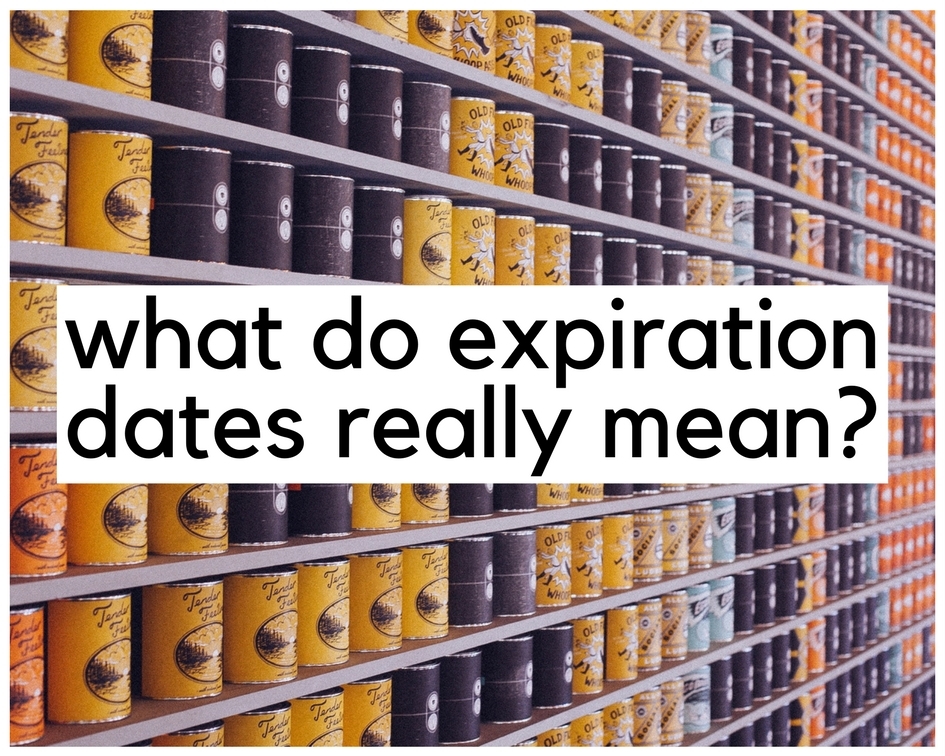Have you ever noticed that food expiration dates are worded differently on products? The wording makes a big difference and typically does not indicate safety. The different text has various meanings but doesn’t mean you should automatically throw away the food.
Sell By Date
This date indicates when the store needs to remove it from their shelves, aka when they should sell it by. Often, if the items have been stored correctly, they are safe and flavorful enough to eat a few days after this date.
Best If Used By Date
This date indicates the quality of the product, not safety. It comes from the manufacturer and states the point that the product is expected to lose freshness and optimal quality.
Expiration Date
Very similar to best if used by date, again indicates quality, not safety. Indicates after this time that the taste, quality, and texture of the product will decline.
Quick Guide to Food Shelf Life
Typical labeling doesn’t tell you when food is safe or not. To know that, we’ve put together a chart of some common foods (make sure to keep it handy) to give you an idea of what is no longer safe and when. Remember that almost any food can be frozen to preserve it safely. The exception being eggs in shells and canned foods, which should not be frozen.
| Product | Shelf Life | Notes |
|---|---|---|
| Milk | 2-3 days after use by date | Store in coldest back of the fridge |
| Butter | 2-3 weeks from use by date | |
| Eggs | 3-5 weeks from date purchased | Store in coldest back of the fridge |
| Ground Meat | 3-4 days from date purchased | Store in coldest back of the fridge |
| Pre-Cooked Poultry | 3-4 days from date purchased | Store in coldest back of the fridge |
| Fish | 1-2 days from date purchased | Store in coldest back of the fridge |
| Lunch Meat | 2-3 weeks unopened/3-4 days opened | |
| Dry Pasta | 1-2 years | As long as not exposed to temps over 90 degrees or under freezing |
| Canned Fruits | 1-2 years | As long as not exposed to temps over 90 degrees or under freezing |
| Canned Vegetables | 1-2 years | As long as not exposed to temps over 90 degrees or under freezing |
